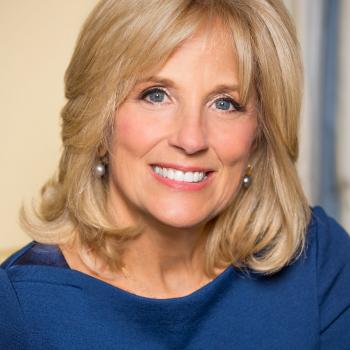Earlier today I posted this video at the end of a post on women and the vote:
I am reposting it because in searching it on youtube and embedding it in the post I was suddenly confronted with something that I had not noticed before. Something I should have noticed before. Something I shouldn’t have had to only realize after my eyes strayed to a youtube comment.
The video has no women of color.
While some white suffragettes believed in racial equality and at least verbally spoke in support of black women’s suffrage and their desire to include black women in the movement, others denied women of color a place at the table, either explicitly or implicitly, and the majority were racist. In fact, one tactic common during the last decades of the nineteenth century was to use blatant race-baiting as an argument for giving (white) women the vote. W. E. B. Du Bois himself called the women’s suffrage movement out for being less-than-friendly toward African American women—and for being willing to throw African American women under the bus when campaigning in the South.
But don’t think women of color were absent from the struggle for suffrage. They weren’t. Ida B. Wells immediately comes to mind, and she was one of many. Women of color formed and joined suffrage groups and marched at suffrage rallies. As is so often the case today, women of color were doing double duty. Lynching and the disenfranchisement of black men (who technically were guaranteed the vote after the Civil War) were pressing concerns. This sort of dynamic continues today, as many feminists of color want attention given to the racial targeting of black men by the criminal justice system or the problem of poverty among people of color in general, men as well as women, issues that often seem less pressing to white feminists.
I hope that women of color were left out of “Bad Romance: Women’s Suffrage” on accident. It’s possible of course that women of color were excluded for racist reasons. It’s also possible that they were left out because the producer didn’t want to deal with the way race can problematize the victorious narrative presented. But as problematic as these options are, women of color being left out on accident is problematic as well. White feminists, including myself, are quite often operating with blind spots—but given all of the opportunities we have to educate ourselves on this issue and to listen, invoking blind spots is no excuse. We can do better—we must do better. And the fact that I didn’t notice the absence of women of color from this video until my eye lighted upon a random comment on youtube reflects that I, too, can do better.
I want to finish with some images from the era of the women’s suffrage campaign. The first image is of Ida B. Wells:


Sources for the information presented here: here, here, here, here, here, here, and here.














